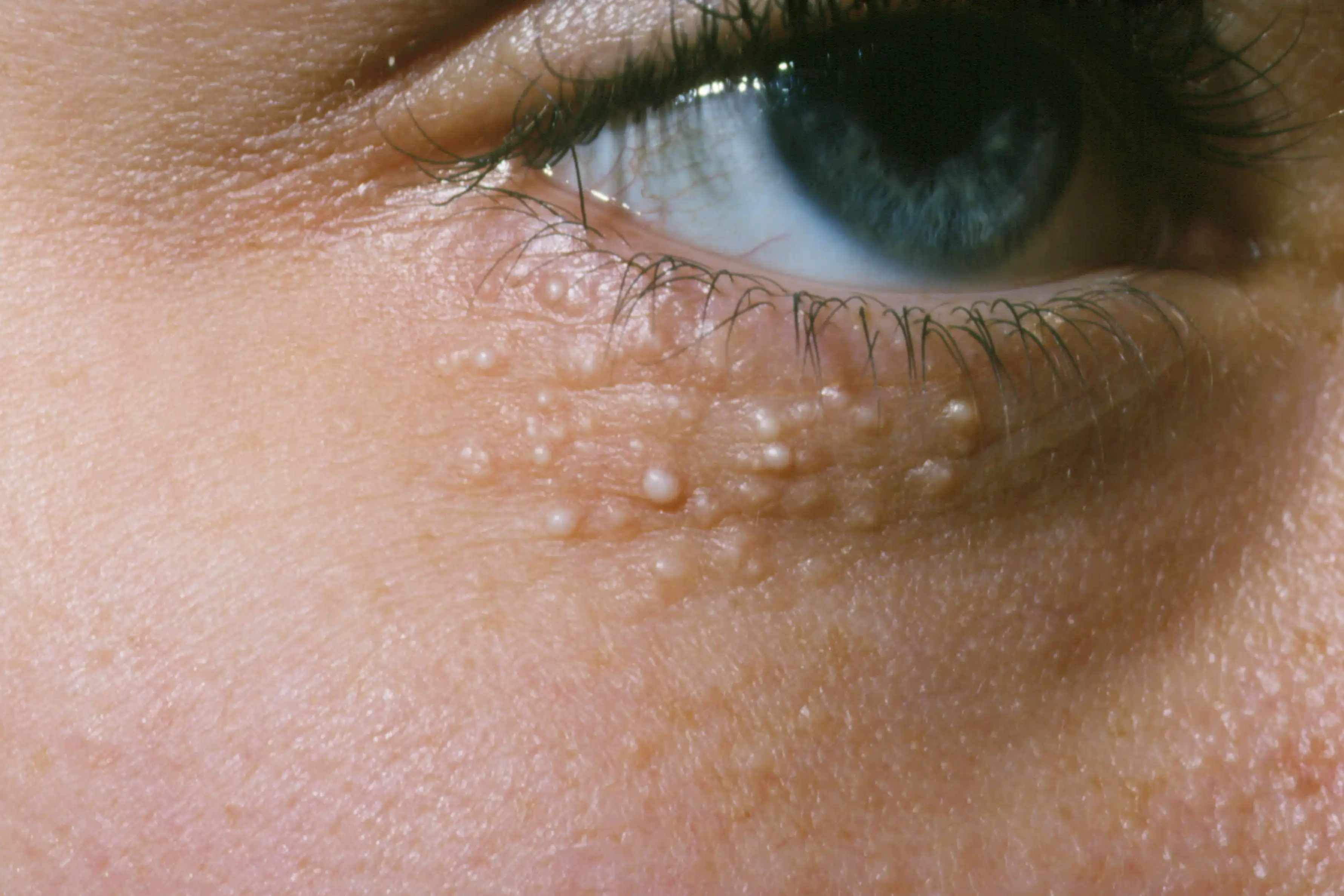Milia Removal

Milia Removal
Milia Removal
Milia are small, white or yellowish bumps that commonly appear on the face—especially around the eyes, cheeks, and nose. They form when keratin, a protein found in the skin, becomes trapped beneath the surface. Though harmless, milia are often removed for cosmetic reasons.
Causes of Milia
- Use of heavy creams or makeup
- Skin trauma, burns, or rashes
- Excessive sun exposure
- Genetic predisposition
- Clogged pores due to poor exfoliation
Types of Peels
| Type | Description |
|---|---|
| Primary Milia | Appear spontaneously on healthy skin, often in infants or adults. |
| Secondary Milia | Develop after skin trauma, burns, or long-term steroid use. |
What's Included
Milia Removal Methods
- Manual Extraction: Using a sterile needle and comedone extractor to remove the cyst.
- Electrocautery: Heat-based removal using a fine probe for precise treatment.
- Laser Treatment: Ideal for multiple or deeper milia.
- Topical Retinoids: Prescription creams that encourage exfoliation and prevent recurrence.
Aftercare Instructions
- Keep the area clean and dry.
- Do not touch or squeeze the treated spot.
- Apply any prescribed antibiotic cream.
- Avoid heavy moisturizers or makeup temporarily.
- Use sunscreen to prevent pigmentation.
Prevention Tips
- Gently exfoliate 1–2 times a week.
- Use non-comedogenic skincare products.
- Remove makeup thoroughly each night.
- Avoid oily or greasy creams around the eyes.
When to See a Dermatologist
If milia are persistent, spreading, or causing concern, it's best to consult a dermatologist for safe and scar-free removal.
Medicine Use Disclaimer: Do not self-prescribe or start any medication or topical treatment without consulting a qualified doctor. Improper use can lead to side effects, resistance, or complications. Always follow professional medical advice.
